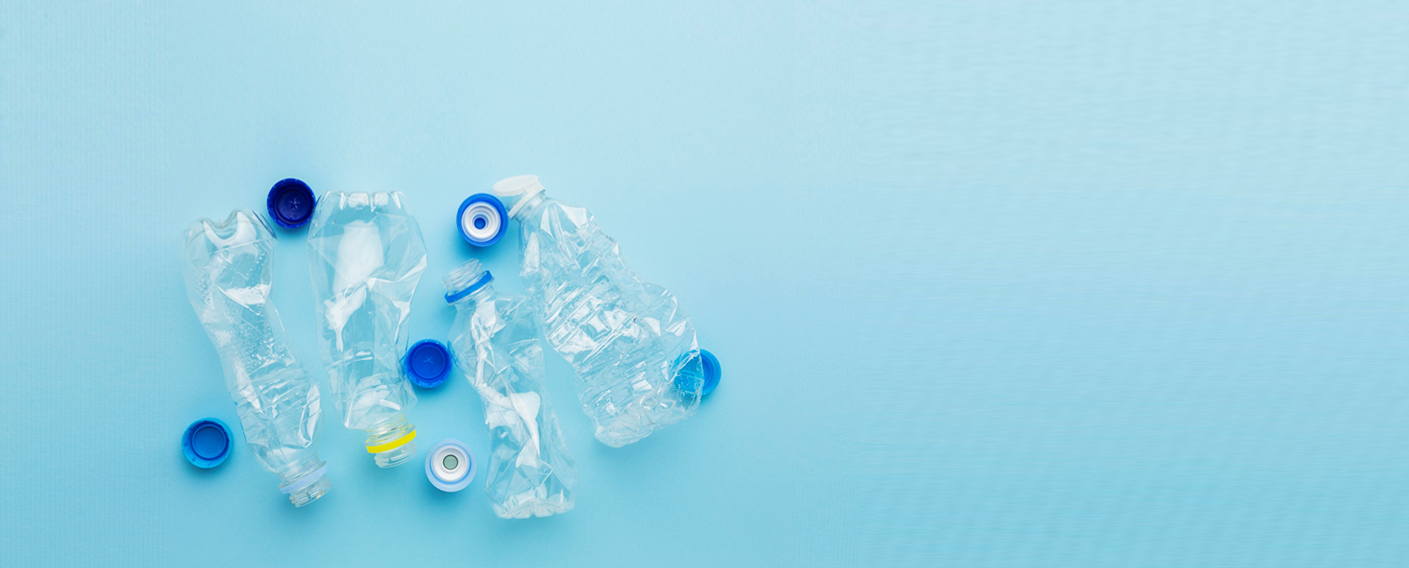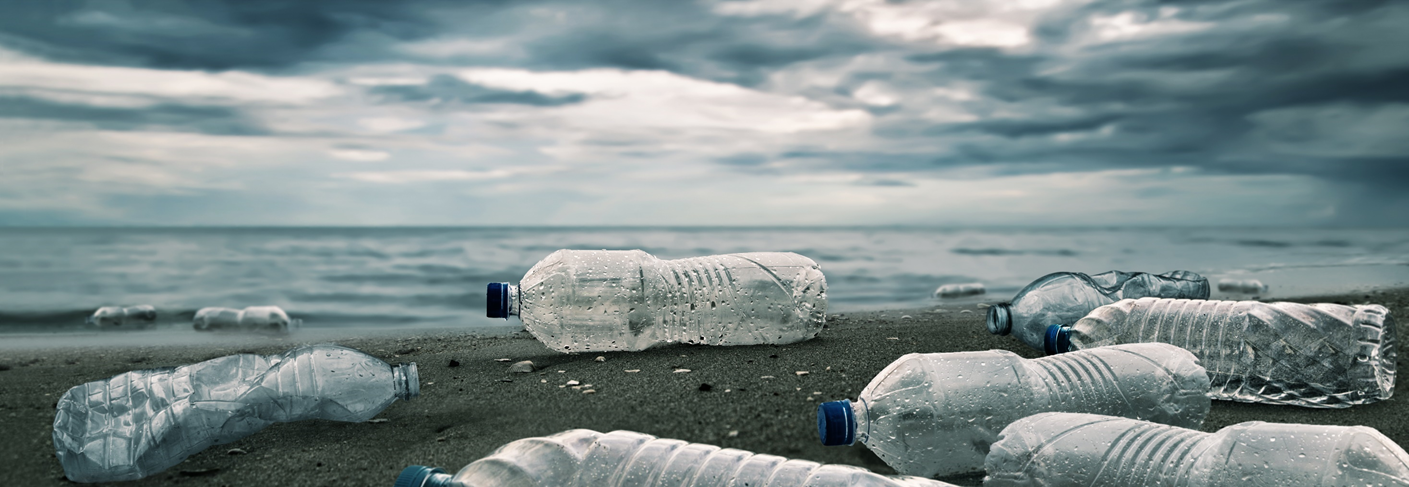
We live in an era in which sustainability has never been more important in every step of the supply chain. Today’s consumers increasingly demand products that have a reduced impact on the environment, which includes eco-friendly packaging. In the toy industry, this has driven major manufacturers like Hasbro, Mattel, Lego, and MGA Entertainment to make pledges to reduce their packaging and make the switch to recycled or eco-friendly materials.
We’re seeing the same pattern in other industries, such as furniture. Swedish giant IKEA is aiming to eliminate plastic packaging from most of its products by 2025. Players such as Amazon have also joined the movement, with its ‘Frustration-Free Packaging’ that helps brands produce less waste than traditional packaging by redesigning their packaging, eliminating waste throughout the supply chain, and ensuring that products arrive undamaged on customers’ doorsteps.
The goal of these initiatives is to tackle the harmful impacts of plastic packaging on the environment in favor of alternative solutions with less impact.
The problem with plastic
Each year, around eight million tons of plastic waste end up in the world’s oceans. Forbes has reported that plastic trash is found in the guts of more than 90% of the world’s sea birds, in the stomachs of more than half of the world’s sea turtles, and is contributing to the deaths of whales. It’s predicted that, by 2050, the mass of plastic in the world’s oceans will exceed the mass of all the fish that live there. Plastic packaging can take thousands of years to decompose in the environment and also takes a great deal of energy, water, and other natural resources to produce.

These sobering figures have made many consumers deeply concerned about plastic packaging finding its way into the environment, and eco-conscious consumers will choose brands that are working to address this impact over those that aren’t.
The role of legislation
Alongside pressure from consumers and NGOs, multiple laws and regulations are being introduced to find a solution to the plastic problem.
Many governments have formulated systems that support a circular economy and reduce their national waste. The extent of these requirements varies among countries, but overall, we’re seeing increasing numbers of regulations aimed at reducing the use of packaging and promoting more sustainable packaging materials.
In Europe, the Waste Framework Directive establishes measures for dealing with waste, while the Packaging and Packaging Waste Directive intends to harmonize the management of packaging waste and prevent or reduce the impacts of packaging and packaging waste, including by setting recovery and recycling targets.
There are also regulations specific to certain nations, such as the UK’s plastic packaging tax that came into force on April 1, 2022. The UK Plastic Packaging Tax (PPT) affects businesses that manufacture or import plastic packaging, including packaging that already contains goods (such as plastic bottles containing beverages). The tax aims to encourage the use of recycled rather than virgin plastic in packaging (when permitted) and stimulate the increase in recycling and collection of plastic waste. You can learn more about it here.
In March 2020, France adopted Law No. 2020-105 Regarding a Circular Economy and the Fight Against Waste. This law aims at minimizing waste and promoting resources to be reused as much as possible. The economic model targets low consumption of nonrenewable resources, the reuse of waste as a resource, products that have a longer useful life, the recycling of 100% of plastics, and less wastefulness. The law also sets the goal of recycling 100% of plastics by 2025 and the end of single-use plastic packaging by 2040.
In the US, there are also initiatives to reduce plastic consumption and packaging, such as the California plastic waste and labeling bills. These propose several laws that make labeling less misleading and shine a light on the responsibility of packaging producers to find alternatives to single-use, non-recyclable plastics.
The packaging landscape is complex, with growing numbers of regulations and standards to keep in mind that collectively aim to achieve a more sustainable future. With adequate guidance and clear visibility of targets and requirements, brands can prepare to adjust their processes as appropriate and ensure a smooth transition.
At API, we can help you comply with these and other packaging requirements while supporting you in bringing better products to the market. Interested in finding out more?

Want to know more about one of our many services? Contact us to find out more information about what API can do for your company today.
Address
Copyright © 1981 – 2022 API. All Rights Reserved.